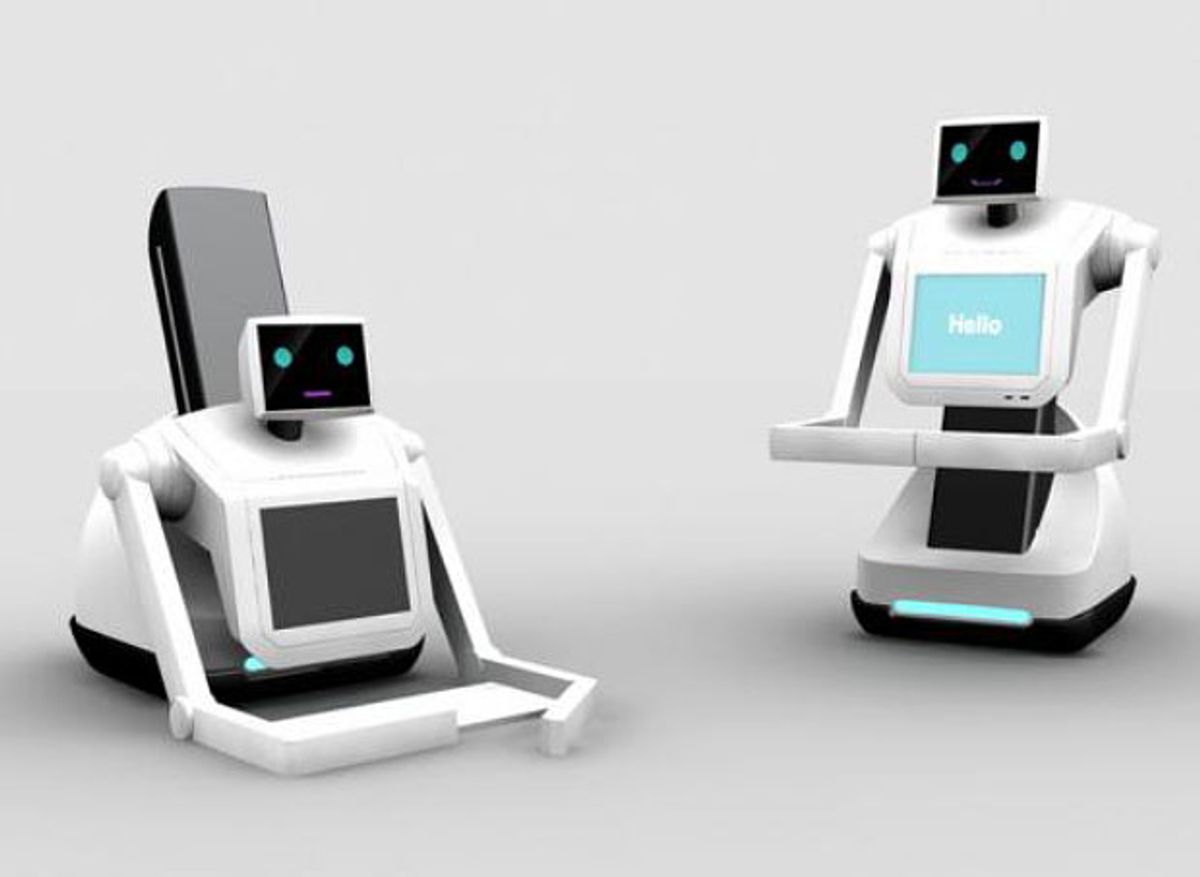Last we heard from Hoaloha Robotics was back in September of 2010, when the company was initially founded by Microsoft veteran Tandy Trower, who'd led the Microsoft Robotics Group for several years. According to some press at the time, Hoaloha was all about "developing a common interface and software that will make assistive robots easy to use and customize with applications, similar to the way Apple standardized the interface and application model for smartphones." In other words, software, not hardware, that'll enable service robots to assist people without robotics experience directly in their homes. It's now three years on, though, and it sounds like things have changed.
Trower posted a blog update yesterday, the first one in nearly a year. It doesn't give a lot of detail, but it does give some hints as to what they're up to. Here's the big news:
We did a major shift from our original strategy. Initially I had hoped to focus purely on the software development side of the solution for two reasons: 1) there seemed to be enough challenges here and 2) there appeared to be a number of companies already working on assistive care robots so it didn’t seem necessary to invest on the hardware side. ...[We] were not able to find a complementary company to work with.
However, because we had a strong conceptual model of what was required, we embarked on designing and building our own hardware platform, which we now not only have built, but have worked through several increasingly improved iterations.
There are no images of whatever Hoaloha has been constructing (the one at the top of this article is a three year old concept), but we know a few things. First, it's on wheels, and can't go up stairs. Second, it'll include speech recognition to interact with humans, although Trower isn't happy with the current state of the technology:
Fortunately, we have more at our disposal than relying on the speech recognizer being in charge of a conversation. Our robot has the benefit of knowing if a user is nearby and if the user is currently looking at the robot and for how long. It also tracks when the last conversation was, what it was about, and the history of other conversations with this user at this time of day. That said, it is not yet a “solved problem” and we continue to work on improvements in our interaction model.
The final thing we know is that the robot will likely not include an arm at this time, because there's no way to add one and still hit Hoaloha's cost target, even considering what Rethink has managed to do with Baxter. From a blog entry after Baxter was announced:
Our price target is more between $5,000 and $10,000 and autonomous mobility is essential in our value proposition and user experience. So I believe we are still at least 5-10 years, likely longer, before robot arm technology evolves to a point that we can add arms to our robots, though Brooks’ work confirms that it is a reasonable expectation for the future.
Without a manipulator, whatever Hoaloha develops is going to have to rely on two things to be successful: user experience and low cost. And even if Hoaloha manages to knock both of those out of the park, the big question is whether there's a market for this sort of platform. Hoaloha (and many others) point to the rapidly increasing population of elderly humans, and statistics that show how cost effective a robot could be in the home if it could replace a human caretaker. What remains to be seen, however, is whether or not a robot (especially one without a manipulator) has enough to offer to function well as a caretaker replacement, and whether the people who are being taken care of are going to be cool with that.
Via [ Hoaloha ]
Evan Ackerman is a senior editor at IEEE Spectrum. Since 2007, he has written over 6,000 articles on robotics and technology. He has a degree in Martian geology and is excellent at playing bagpipes.



